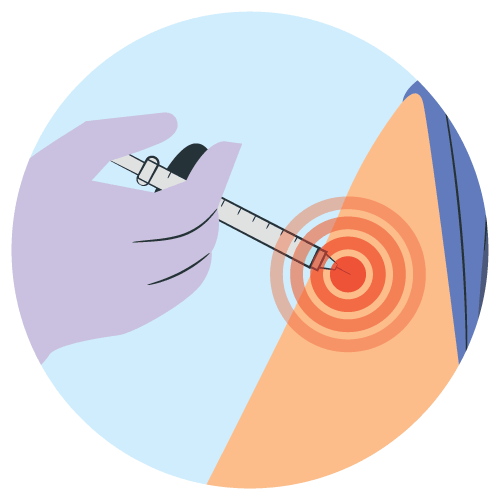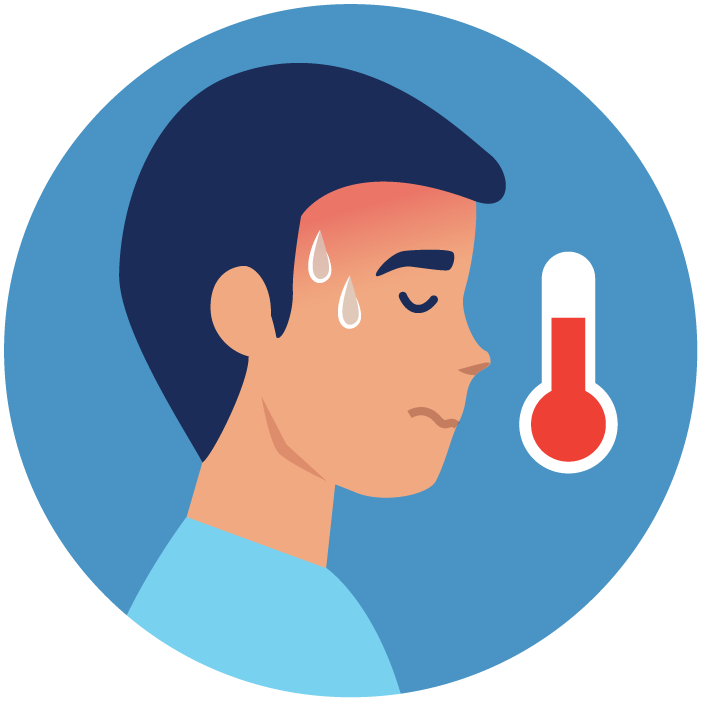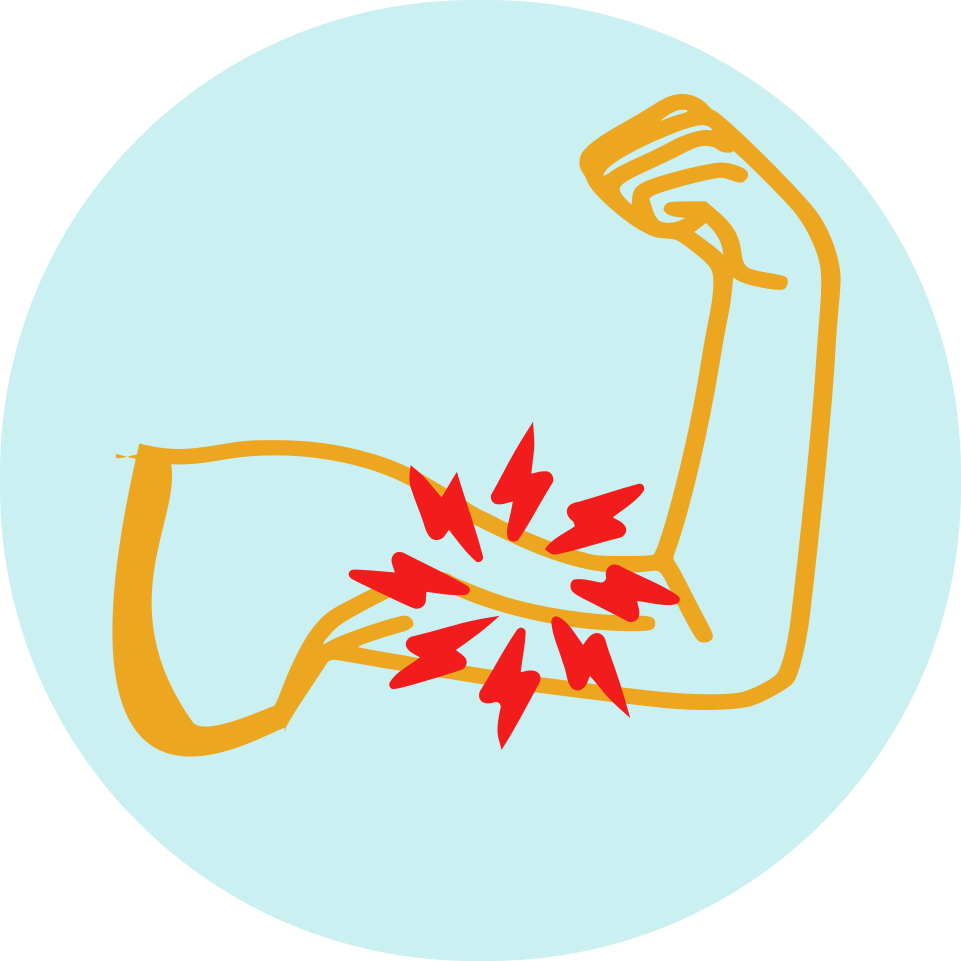| Name | Rabies Vaccine |
| Classes |
Immunotherapeutic Agent Vaccine |
| Diseases |
Immunological Disorder Rabies |
Rabies Vaccine
Rabies Vaccine is a vaccine used to provide active immunization against the rabies virus. It belongs to the class of vaccines known as viral vaccines. The vaccine works by stimulating the immune system to produce antibodies against the rabies virus, thereby providing protection against rabies.
Rabies Vaccine is indicated for active immunization against rabies in individuals at risk of exposure to the rabies virus, including:
- Individuals in areas where rabies is endemic or prevalent
- Veterinary and laboratory personnel handling rabies virus or animals
- Individuals traveling to regions with a high risk of rabies
- Individuals with a high occupational risk of exposure (e.g., animal control personnel, wildlife officers)
- Individuals with potential exposure to bats or other mammals that may carry the rabies virus
- The dosage and administration of Rabies Vaccine should be determined by a healthcare professional.
- The vaccine is typically administered as a series of intramuscular injections.
- The specific vaccination schedule and number of doses may vary depending on the individual's age, previous immunization status, and risk factors.
Adverse reactions to Rabies Vaccine may include:
- Injection site reactions (such as pain, redness, swelling, or itching)
- Systemic reactions (such as fever, headache, muscle aches, fatigue)
- Allergic reactions (such as rash, hives, difficulty breathing)
- Rarely, serious neurological adverse events
- Do not inject the vaccine into the gluteal area as administration in this area may result in lower neutralizing antibody titers.
- The product is provided in a single dose vial. Because the single dose vial contains no preservative, it is not to be used as a multidose vial for intradermal injection.
- In both pre-exposure and post-exposure immunization, the full 1.0 mL dose should be given intramuscularly.
- Serum sickness type reactions have been reported in persons receiving booster doses of rabies vaccine for pre-exposure prophylaxis. The reaction is characterized by onset approximately 2 to 21 days post-booster, presents with a generalized urticaria, and may also include arthralgia, arthritis, angioedema, nausea, vomiting, fever, and malaise. None of the reported reactions were life-threatening. This has been reported in up to 7% of persons receiving booster vaccination.
- Rare cases of neurologic illness resembling Guillain-Barré syndrome, a transient neuroparalytic illness, that resolved without sequelae in 12 weeks and a focal subacute central nervous system disorder temporally associated with HDCV, have been reported.
- This product contains albumin, a derivative of human blood. Based on effective donor screening and product manufacturing processes, it carries an extremely remote risk for transmission of viral diseases and variant Creutzfeldt-Jakob disease (vCJD). There is a theoretical risk for transmission of Creutzfeldt-Jakob disease (CJD), but if that risk actually exists, the risk of transmission would also be considered extremely remote. No cases of transmission of viral diseases, CJD, or vCJD have ever been identified for licensed albumin or albumin contained in other licensed products.
Contraindication
Rabies Vaccine is contraindicated in individuals with a known hypersensitivity to any component of the vaccine or a previous history of severe allergic reactions to the vaccine.
None known.
None known.
 Bangla
Bangla English
English



